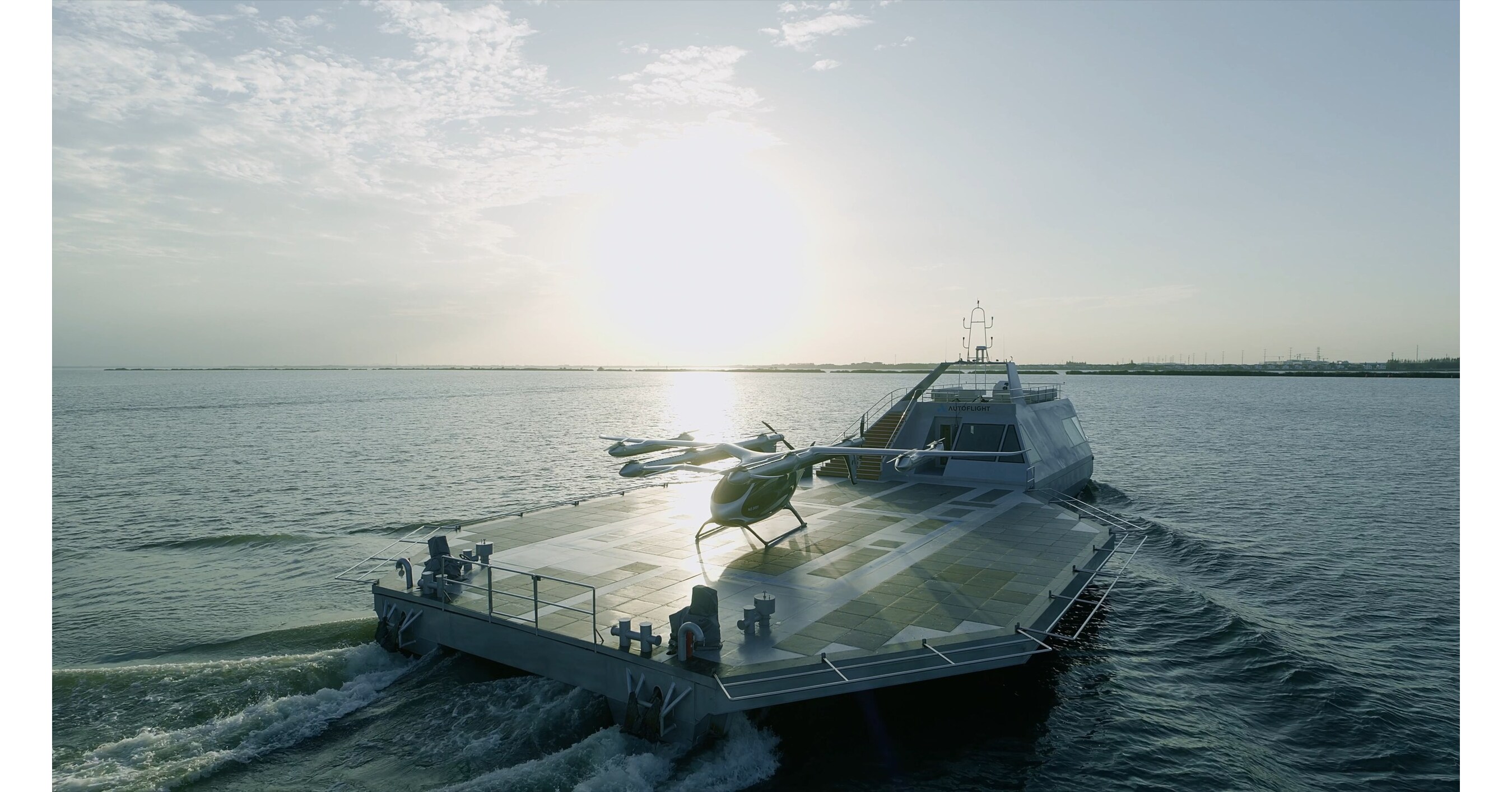Title: Historic Removal of Dams on Klamath River Paves the Way for Salmon Recovery
The long-awaited removal of the final dams on the Klamath River marks a significant milestone in restoring the health of this vital waterway near the California-Oregon border. This momentous decision will allow salmon to once again swim freely through the watershed, benefiting both the environment and local communities.
The Klamath River has long been a critical habitat for salmon, supporting important commercial and recreational fisheries. However, the construction of dams over the years has severely impacted fish populations and disrupted the natural flow of the river. The removal of these barriers will help restore the river’s natural ecosystem and allow salmon to access important spawning grounds.
The decision to remove the dams comes after years of collaboration between stakeholders, including tribes, environmental groups, and government agencies. This collaborative effort has been crucial in finding a solution that balances the needs of the environment with those of local communities.
The removal of the dams is expected to have a positive impact on salmon populations, allowing them to thrive once again in the Klamath River. This is not only important for the health of the ecosystem but also for the economic well-being of the region, as salmon fishing is a key industry in the area.
In addition to benefiting salmon, the removal of the dams will also improve water quality in the river and enhance overall ecosystem health. This will have far-reaching benefits for other species that rely on the Klamath River for their survival.
The successful removal of the dams on the Klamath River is a testament to the power of collaboration and the importance of prioritizing the health of our natural resources. By working together, we can achieve great things and ensure a sustainable future for generations to come.
In conclusion, the removal of the dams on the Klamath River represents a major step forward in restoring the health of this important waterway. By allowing salmon to swim freely through the watershed, we are not only benefiting the environment but also supporting local communities and economies. This historic decision serves as a reminder of the importance of prioritizing the health of our natural resources and working together to achieve positive outcomes. Let’s continue to support efforts to protect and restore our rivers for future generations to enjoy.





